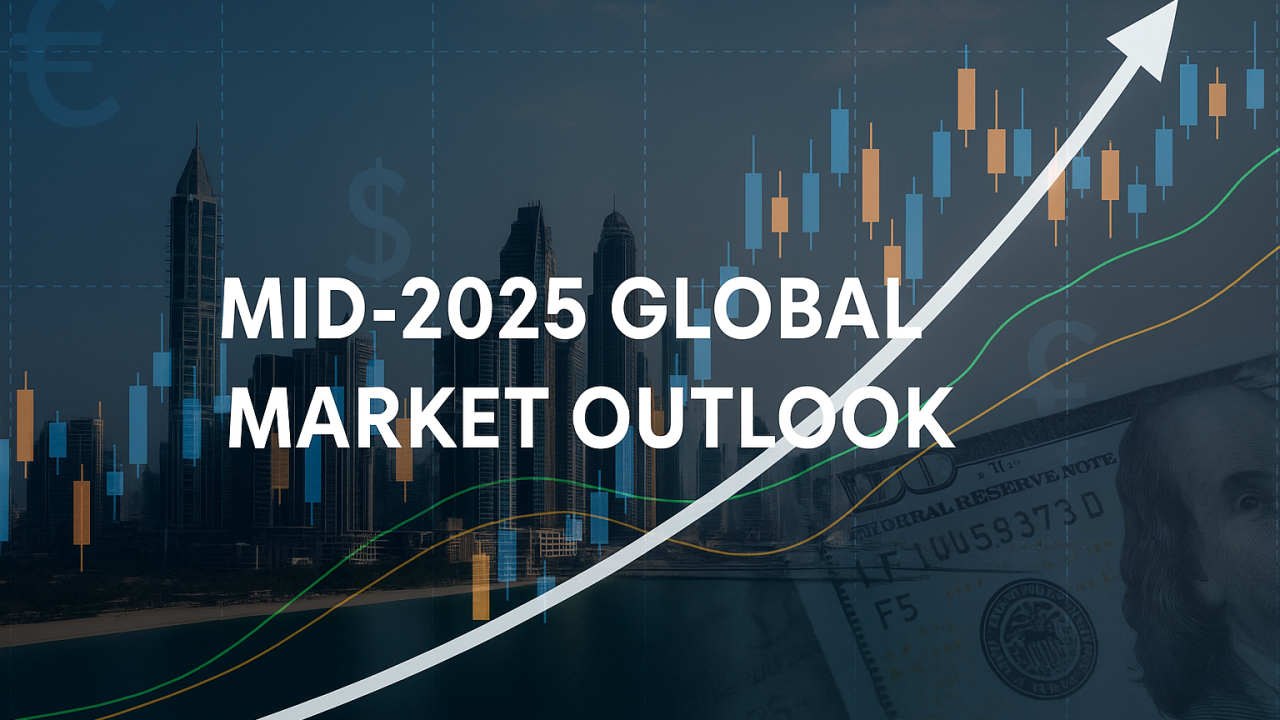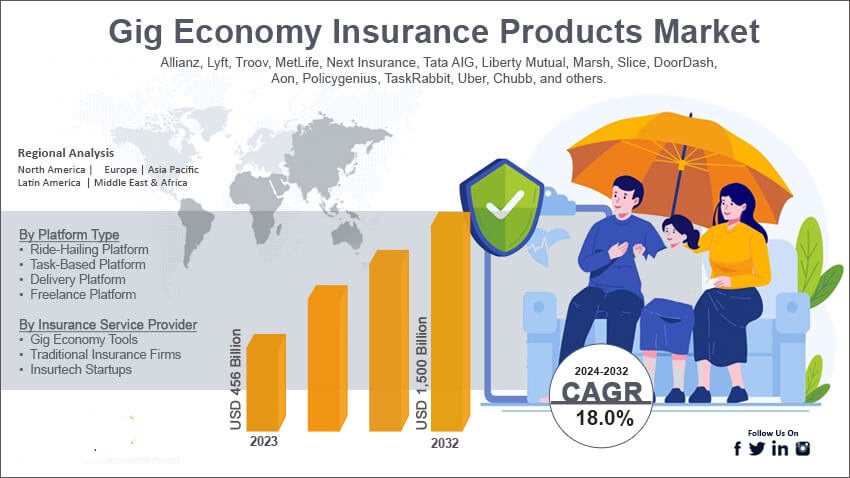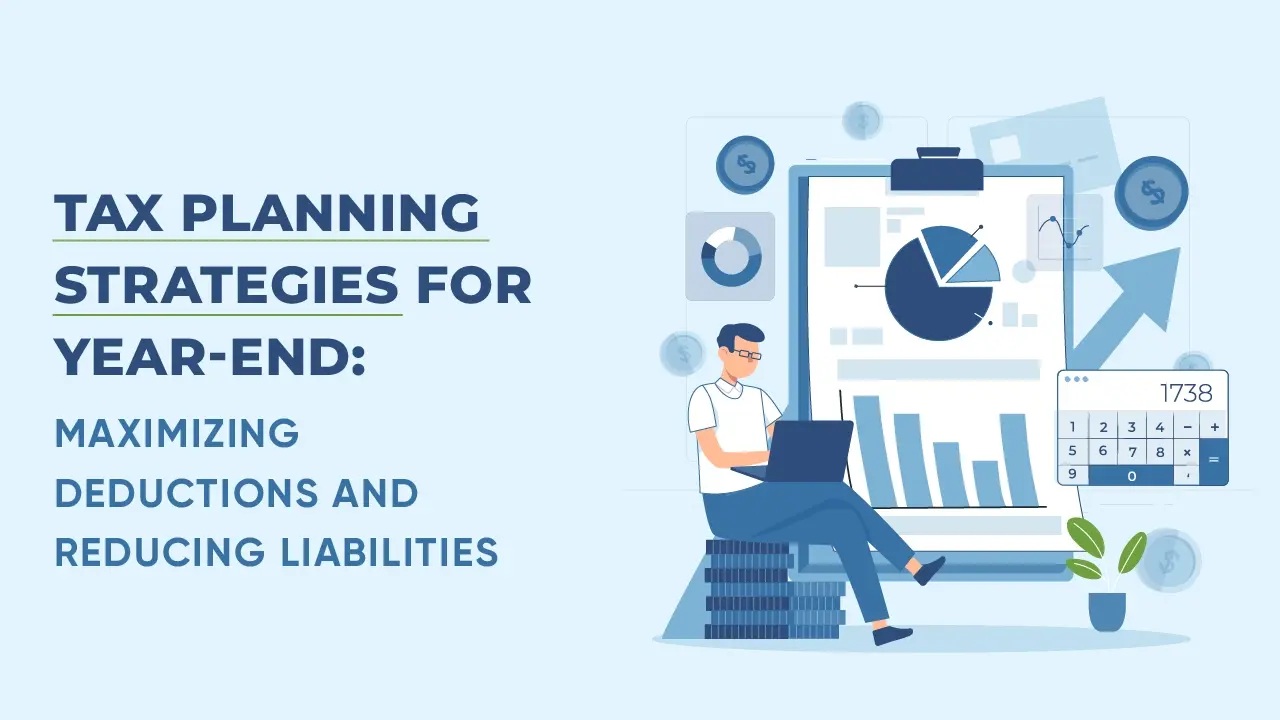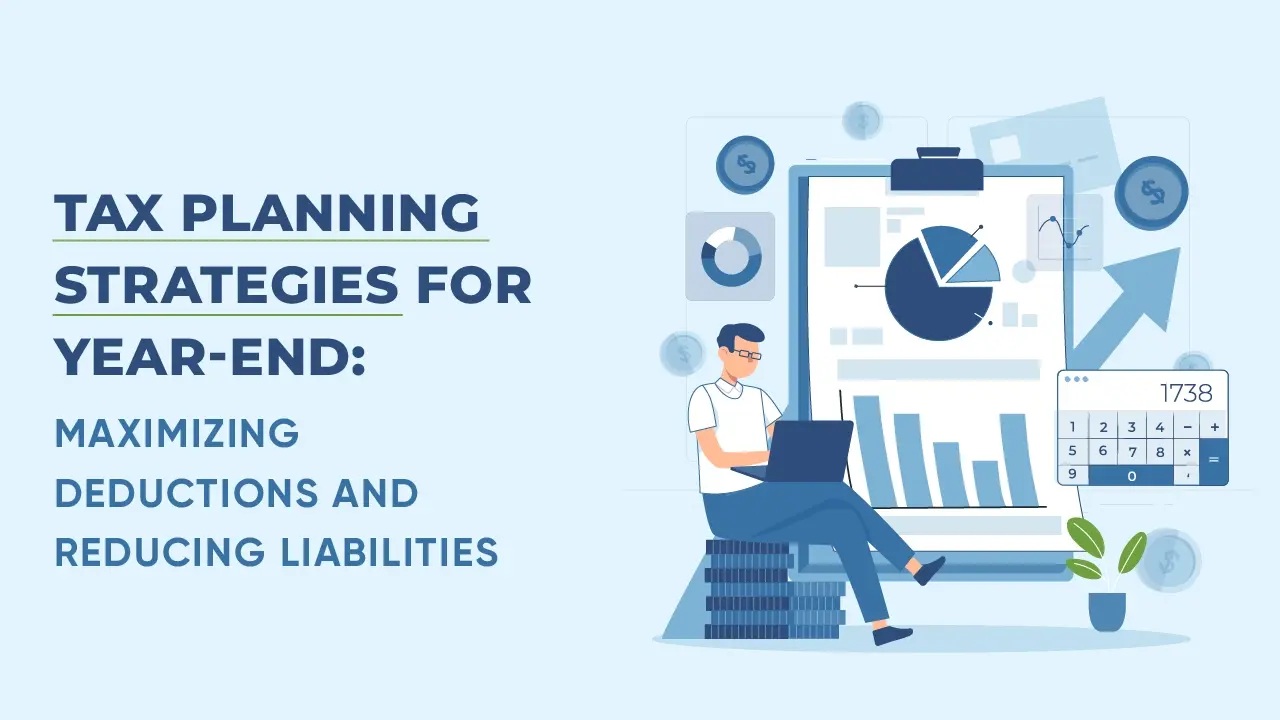What Is ESG Investing and Why It Matters More Than Ever
Environmental, Social, and Governance (ESG) investing has moved from a niche strategy to a mainstream force shaping the global financial markets. By 2025, ESG investing is expected to dominate portfolio decisions, driven by growing investor awareness, regulatory changes, and mounting evidence that sustainable companies outperform over the long term.
This article explores the current landscape of ESG investing, emerging trends for 2025, key challenges, and how investors can strategically position themselves in this rapidly evolving market.
What Is ESG Investing?
ESG investing incorporates non-financial factors into investment analysis to assess a company’s ethical impact and sustainability practices. It focuses on:
- Environmental (E): Climate change, carbon emissions, resource management, renewable energy
- Social (S): Labor practices, community relations, diversity and inclusion, human rights
- Governance (G): Corporate governance, board diversity, executive pay, transparency, anti-corruption policies
Investors use ESG criteria to identify risks and opportunities beyond traditional financial metrics.
The Growth Trajectory of ESG Investing
Market Size and Forecast
In 2023, global ESG assets under management (AUM) exceeded $40 trillion, representing roughly 40% of total global assets. By 2025, ESG AUM is projected to surpass $50 trillion, reflecting a CAGR above 15%.
Key Drivers of Growth
- Regulatory mandates: The EU’s Sustainable Finance Disclosure Regulation (SFDR) and the U.S. SEC’s proposed ESG disclosure rules require transparency.
- Millennial and Gen Z investors: Younger generations prioritize sustainability and ethics in investment decisions.
- Climate urgency: Increasing climate risks push investors to favor companies with strong environmental credentials.
- Financial performance: Studies show ESG funds often match or outperform traditional funds with lower volatility.
Emerging ESG Investing Trends in 2025
1. Standardization and Harmonization of ESG Metrics
Lack of uniform ESG standards has been a barrier. In 2025, initiatives like the International Sustainability Standards Board (ISSB) will lead to globally accepted ESG reporting frameworks.
SEO Keywords: ESG metrics standardization, ISSB ESG standards, ESG reporting 2025
2. Increased Focus on Social and Governance Factors
While environmental issues dominated early ESG, 2025 sees growing scrutiny on social justice, diversity, labor rights, and governance transparency.
3. Integration of Climate Risk in Financial Analysis
Climate scenario modeling and carbon footprinting become routine in portfolio risk assessments.
4. Rise of Impact Investing
Beyond ESG compliance, investors seek measurable social and environmental impact, fueling growth in green bonds, social bonds, and sustainability-linked loans.
5. Artificial Intelligence and Big Data in ESG Analysis
AI tools analyze unstructured data like news, social media, and satellite imagery to provide real-time ESG insights.
The Role of Regulation and Policy in Shaping ESG Investing
Global Regulatory Landscape
- European Union: SFDR and Taxonomy Regulation set disclosure and classification standards for sustainable investments.
- United States: SEC’s ESG disclosure proposals and the Biden administration’s climate policies increase transparency demands.
- Asia-Pacific: Countries like Japan and Singapore adopt mandatory ESG disclosures.
Regulations are pushing firms to improve ESG data quality and investor disclosures.
ESG Investing Strategies
1. Negative Screening
Excluding companies involved in controversial sectors (e.g., fossil fuels, tobacco, weapons).
2. Positive Screening
Selecting companies with strong ESG performance relative to peers.
3. ESG Integration
Incorporating ESG factors alongside traditional financial analysis to identify risks and opportunities.
4. Thematic Investing
Focusing on specific themes such as renewable energy, clean tech, or gender equality.
5. Impact Investing
Targeting investments that generate measurable social or environmental benefits alongside financial returns.
Challenges Facing ESG Investing in 2025
1. Greenwashing and Lack of Transparency
Companies may overstate ESG commitments without substantive action, misleading investors.
2. Data Quality and Availability
Inconsistent ESG data hampers accurate analysis and comparisons.
3. Measuring Impact
Quantifying social and environmental impact remains complex and subjective.
4. Balancing Returns and Values
Investors seek strong financial returns while adhering to ESG principles, which may sometimes conflict.
How to Build an Effective ESG Portfolio
Step 1: Define Your ESG Objectives
Clarify if your focus is risk mitigation, impact generation, or values alignment.
Step 2: Choose Your ESG Strategy
Decide between exclusionary screening, ESG integration, thematic or impact investing.
Step 3: Use Reliable ESG Data Providers
Providers like MSCI ESG Ratings, Sustainalytics, and Bloomberg ESG offer trusted data and ratings.
Step 4: Monitor and Report
Regularly assess portfolio ESG performance and communicate progress transparently.
The Financial Performance of ESG Investments
Recent meta-analyses show that ESG funds often:
- Deliver comparable or better risk-adjusted returns
- Exhibit lower volatility during market downturns
- Outperform over the long term by anticipating regulatory and societal shifts
The Role of Corporate Governance in ESG Success
Good governance enhances ESG outcomes by ensuring accountability, ethical behavior, and stakeholder engagement. Board diversity and executive pay linked to ESG targets are gaining momentum.
ESG Investing and Technology: Tools Shaping the Future
- AI-powered ESG screening for better due diligence
- Blockchain for ESG data transparency and certification
- Satellite data for environmental monitoring
Sectors Leading the ESG Charge
- Renewable energy and cleantech
- Electric vehicles and battery tech
- Sustainable agriculture
- Healthcare innovation
- Social enterprises focused on inclusion and education
What Investors Should Watch for in ESG Investing 2025
- Emerging standards and regulatory changes
- Evolving social justice and governance issues
- New ESG product launches and ETFs
- Increased focus on net-zero and carbon neutrality goals
- Advances in ESG data analytics
Conclusion: ESG Investing in 2025 — Aligning Profit with Purpose
ESG investing in 2025 is a dynamic, rapidly evolving arena shaping the future of finance. It offers investors the power to mitigate risks, capitalize on new opportunities, and drive positive change. By understanding emerging trends, embracing new technologies, and demanding transparency, investors can build resilient portfolios that generate sustainable value for themselves and society.
5 Unique FAQs About ESG Investing in 2025
1. What is driving the growth of ESG investing?
Increasing regulatory pressure, investor demand for sustainability, and evidence of financial outperformance.
2. How do ESG standards improve investing?
They provide transparency, comparability, and accountability, reducing greenwashing.
3. Can ESG investing deliver strong financial returns?
Yes, studies show ESG funds often match or outperform traditional funds with less risk.
4. What new trends will shape ESG investing in 2025?
Standardization of ESG metrics, AI-driven analysis, impact investing growth, and greater social/governance focus.
5. How can individual investors start with ESG investing?
By defining values, selecting strategies, using trusted ESG data, and monitoring portfolio impact.
Cyber Insurance Boom: Navigating the Exploding Market of Digital Risk Protection



























